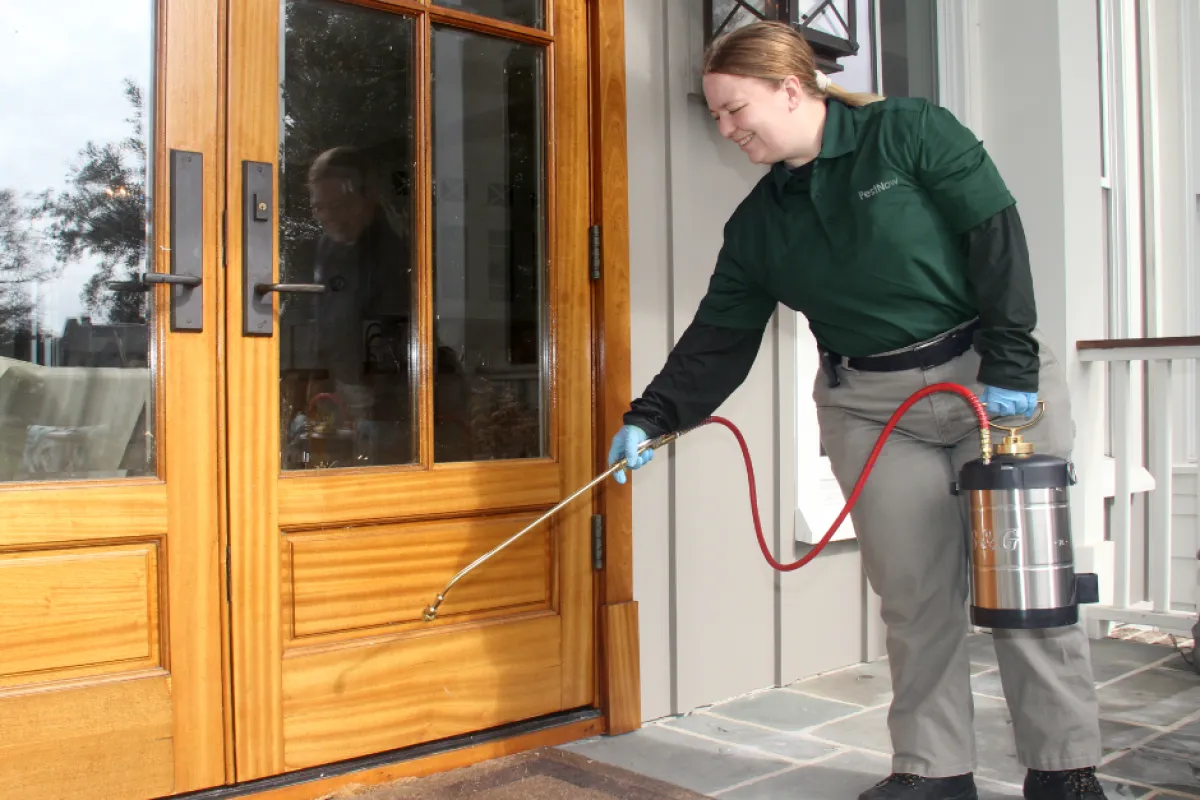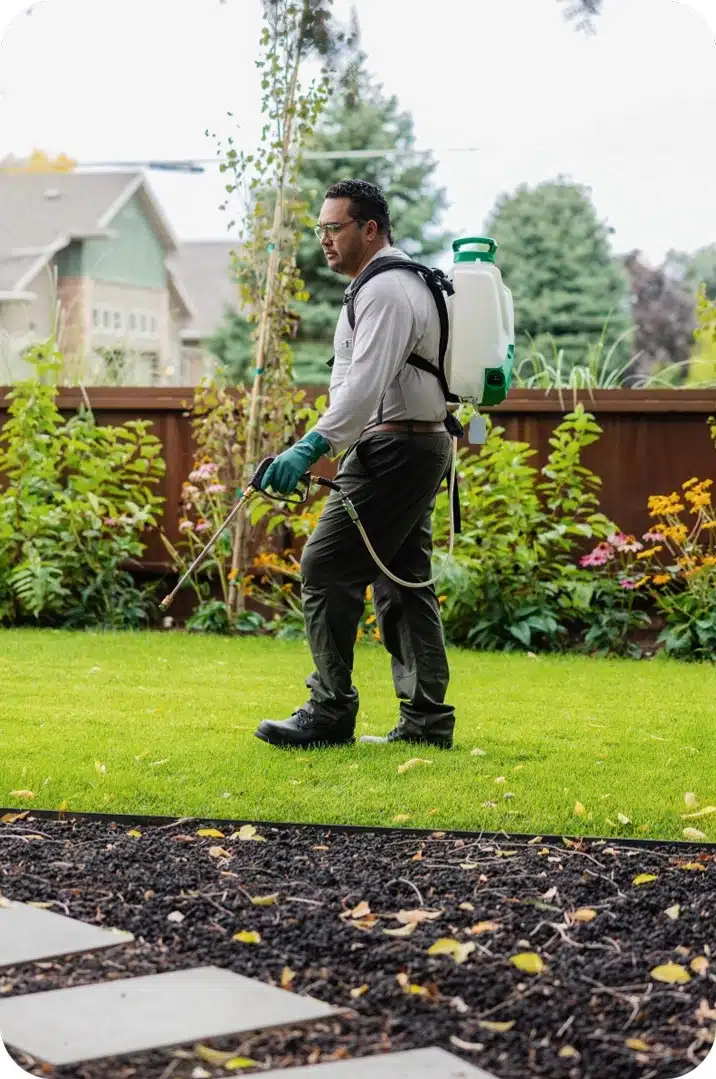A1 Bed Bug Exterminator Charlotte - Effective and Cost Effective Services
A1 Bed Bug Exterminator Charlotte - Effective and Cost Effective Services
Blog Article
Bed Bug Therapy Failure: Comparing Chemical Vs. Non-Chemical Solutions
In the world of parasite control, especially when taking care of the relentless issue of bed insects, the selection in between chemical and non-chemical treatment services can be an essential one. Both approaches use distinct advantages and disadvantages, affecting factors such as performance, safety and security considerations, and overall cost. By checking out the nuanced details of each technique, a more clear understanding of which course to seek in resolving a bed bug infestation can be achieved.
Efficiency of Chemical Therapies
Chemical treatments for bed pest infestations have been extensively acknowledged for their rapid and powerful efficiency in getting rid of these bugs. When considering the effectiveness of chemical therapies, it is important to understand that they can provide a fast and detailed remedy to a bed bug problem.
In addition, chemical treatments have the benefit of using recurring impacts, meaning that they can proceed to get rid of bed bugs also after the preliminary application. This recurring action is particularly advantageous in combating any kind of prospective re-infestations. In addition, the fast activity of chemical treatments can bring alleviation to people dealing with serious bed bug problems, allowing them to restore control of their space quickly.
Security Interest In Chemical Solutions
When utilizing chemical services for bed bug treatment is guaranteeing the security of passengers and the atmosphere,One important facet that needs careful consideration. While chemical treatments can be efficient in eliminating bed insects, they may pose risks otherwise handled properly. Among the main security interest in chemical services is the potential harm they can create to human health and wellness. Direct exposure to specific chemicals used in bed bug therapies can cause respiratory system problems, skin inflammation, or other damaging reactions, especially in people with pre-existing problems or sensitivities. Additionally, improper application or dose of chemical pesticides can lead to harmful deposits lingering in the treated area, positioning long-term health risks to owners.
Moreover, the environmental influence of chemical services is another considerable factor to consider. Some pesticides utilized in bed bug therapies may be damaging to useful bugs, wildlife, and ecosystems if they seep right into the dirt or water systems. It is necessary to utilize chemical therapies judiciously, adhering to security standards, and considering less hazardous choices to reduce these threats and ensure the effective and risk-free monitoring of bed pest infestations.
Benefits of Non-Chemical Strategies
Considering the potential safety problems and ecological impact linked with chemical remedies for bed insect therapy, discovering non-chemical strategies offers a promising alternative with numerous unique benefits. Non-chemical therapies are eco pleasant, as they do not add to air or water pollution, making them a sustainable option for insect control.
Furthermore, non-chemical solutions can be efficient in targeting bed insects, including hard-to-reach areas where chemical therapies might not penetrate - A1 charlotte pest control companies. Methods such as heat treatment, vacuuming, steam cleaning, and mattress coverings give extensive eradication without the usage of harmful chemicals.
Limitations of Non-Chemical Treatments

Additionally, non-chemical therapies usually need several applications to achieve successful obliteration. This can be time-consuming and may not constantly guarantee total elimination of all bed insects and their eggs, specifically in hidden or hard-to-reach areas.
Additionally, the success of non-chemical therapies heavily depends on appropriate application and thoroughness, which can be challenging for people without expert experience. Insufficient application of non-chemical methods might lead to insufficient obliteration, resulting in persistent infestations and the demand for added treatments.
For that reason, while non-chemical treatments have their advantages, it is necessary to recognize these constraints and consider them when determining one of the most effective method for handling bed insect invasions.
Expense Contrast: Chemical Vs. Non-Chemical Options
Offered the limitations connected with non-chemical treatments, an important facet to assess in the context of bed pest management is the price comparison in between chemical and non-chemical choices. In contrast, non-chemical treatments like warmth therapy or heavy steam can be much more costly, with expenses ranging from $1,000 to $6,000 for a whole home. While the initial expense of chemical therapies might seem reduced, multiple treatments might be needed to fully eradicate the problem, possibly boosting the general expense.
Final Thought

Taking into consideration the prospective safety and security worries and environmental influence connected with chemical remedies for bed bug therapy, discovering non-chemical strategies offers an encouraging alternative with a number of distinctive advantages.Offered the restrictions associated with non-chemical therapies, a necessary facet dig this to evaluate in the context of bed bug monitoring is the price contrast in between chemical and non-chemical choices. In comparison, non-chemical visit this site therapies like heat treatment or steam can be more expensive, with prices ranging from $1,000 to $6,000 for an entire home. While the preliminary cost of chemical treatments may appear reduced, numerous therapies might be called for to totally eradicate the infestation, potentially boosting the total price.In verdict, when comparing chemical and non-chemical bed bug treatment options, it is necessary to consider effectiveness, safety, benefits, limitations, and expense.
Report this page